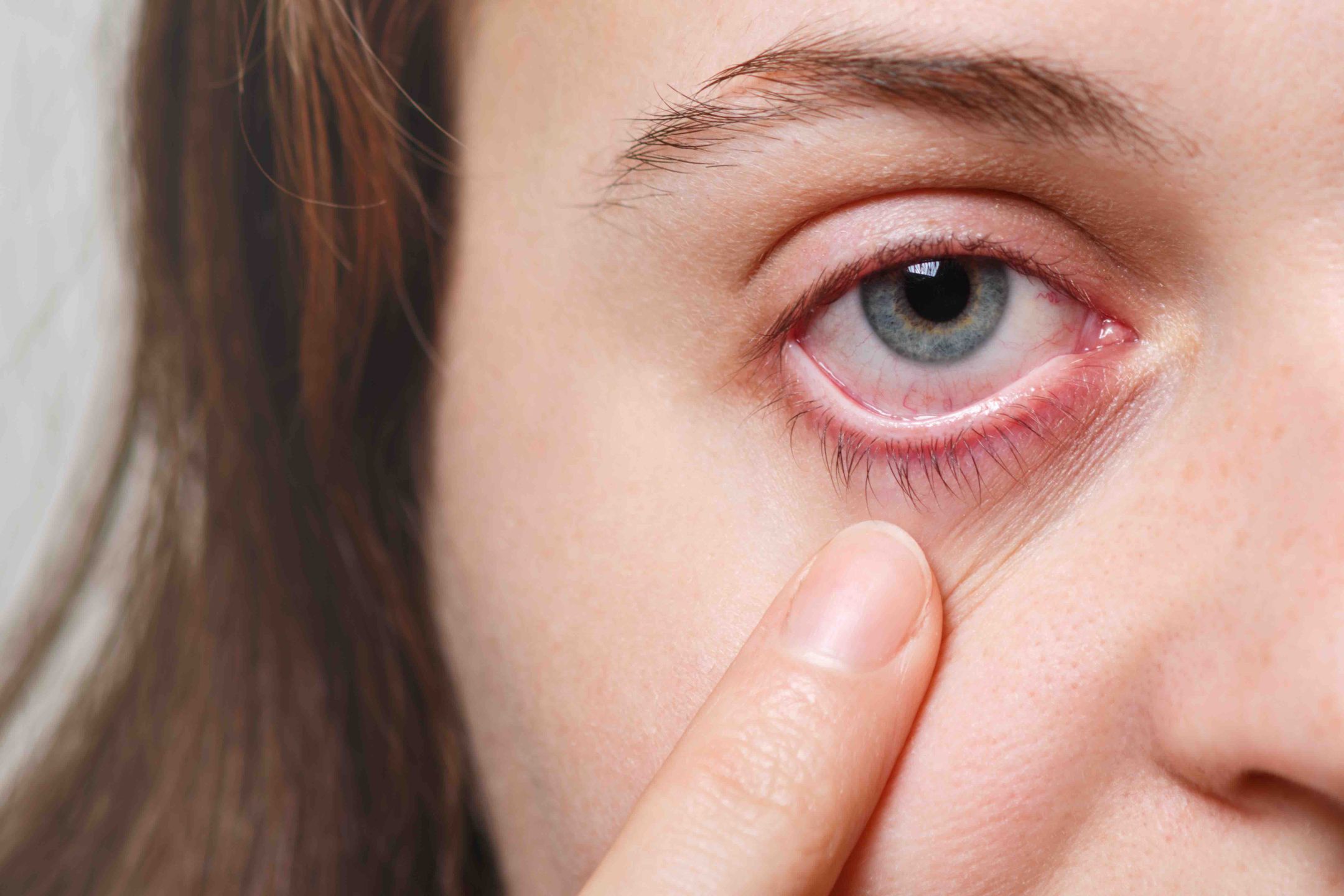
Get A Quote
What is Adenovirus?
2024-04-03
Adenovirus belongs to the DNA virus family and is known for its ability to replicate within host cells, causing various infections. Commonly associated with respiratory and eye infections, adenovirus comes in many types, with adenovirus type 2 and type 5 being prevalent. In severe cases, adenovirus infections can lead to pneumonia or other serious complications.
Photo from freepik.com
Symptoms of Adenovirus Infection
Symptoms vary but commonly include fever, cough, sore throat, flu-like symptoms, and potential eye infections. Individuals with weakened immune systems may experience severe complications.
Modes of Transmission
Adenovirus primarily spreads through respiratory droplets expelled during coughing, sneezing, or contact with contaminated surfaces. Exposure to infected bodily fluids like saliva, tears, or nasal discharge can also facilitate transmission.
Common Environments for Spread:
-
Schools and Daycare Centers: Close contact among children, shared toys, and confined spaces increase the risk of transmission.
-
Hospitals and Healthcare Facilities: Patients with weakened immune systems are vulnerable, and healthcare workers may unknowingly spread the virus.
-
Military Barracks: Adenovirus outbreaks have occurred in military recruits living in close quarters.
-
Swimming Pools and Water Parks: Adenovirus can survive in water, posing a risk of transmission through contaminated water or surfaces.
-
Crowded Public Places: High-density areas like public transportation, airports, and shopping malls facilitate spread through respiratory droplets or surface contact.
While adenovirus infections can happen year-round, they are more common in late winter, spring, and early summer. This seasonal pattern is especially noticeable in temperate regions, although transmission can still occur in other seasons, particularly in settings with close interpersonal contact.
Preventive Measures
Maintaining good personal hygiene is key. Regular handwashing, avoiding contact with infected individuals' bodily fluids, and minimizing face touching, particularly around the eyes, nose, and mouth, can help prevent infection.
Understanding Adenovirus Diversity
Adenovirus exhibits significant diversity with numerous subtypes. While respiratory symptoms are common, specific subtypes may also cause digestive issues such as diarrhea. It's essential to recognize this diversity to raise awareness and effectively manage infections and associated symptoms.
AICHEK's Rapid Test Solution
In combating adenovirus, rapid tests play a crucial role. They provide quick and accurate diagnosis, enabling prompt medical intervention and preventive measures. By understanding adenovirus and utilizing rapid tests, we empower ourselves to safeguard respiratory health and overall well-being.
Performance
Relative Sensitivity: 99.1% (96.8%-99.9%) *
Relative Specificity: 100% (97.7%-100.0%) *
Overall Agreement: 99.5% (98.1%-99.9%) *
*95% Confidence Interval


